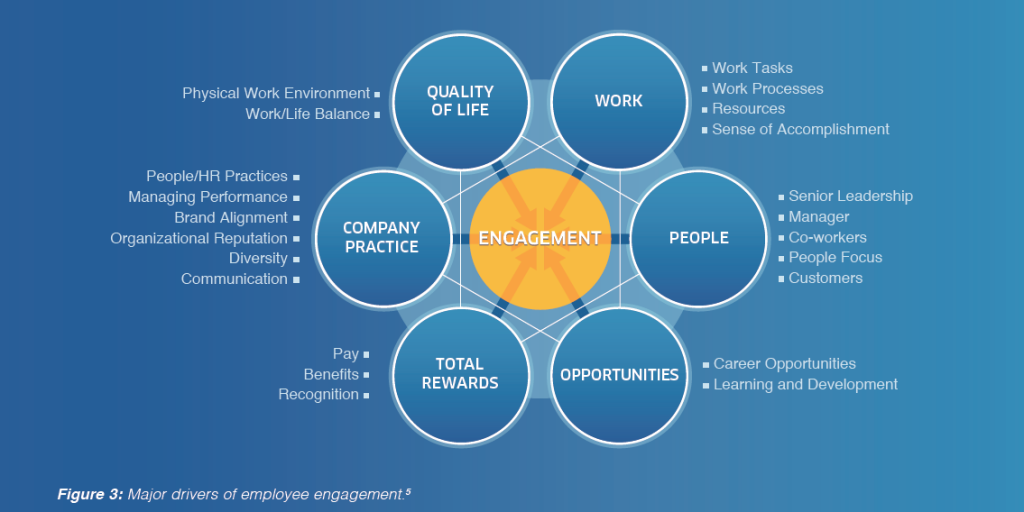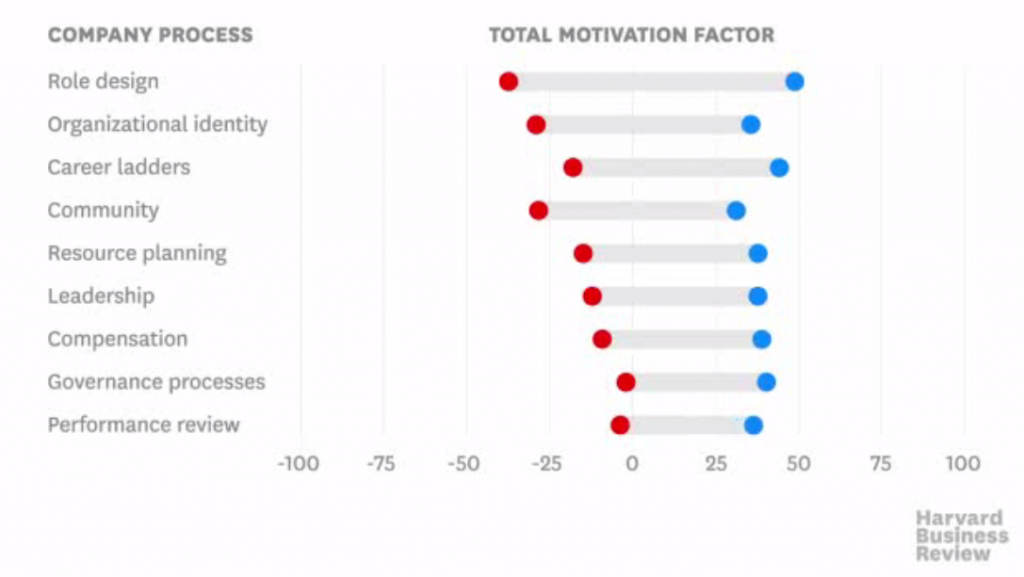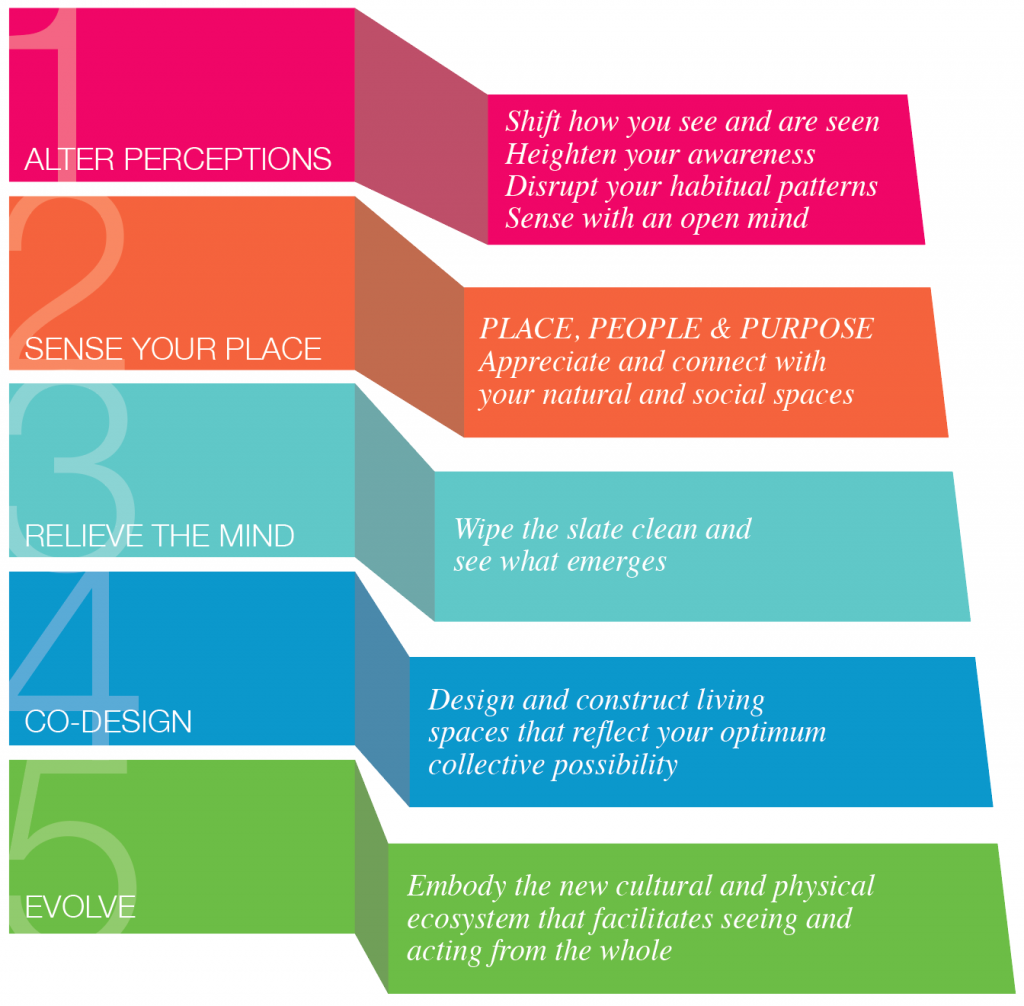Tag: business
“A $450 billion problem.”
“70% of employees aren’t fully engaged.”
If you’ve ever wondered why caring about employee engagement is important, the above intimidating statistics may catch your attention. Yet, the conversation among business leaders is rarely on whether or not employee engagement is important (it is!). The disagreements instead lie in how to improve it. Employee engagement is a tricky problem to diagnose since it depends on an intricate set of drivers from across the organization, including ones outside of the employee’s defined role, such as Work/Life Balance, Physical Work Environment, Play, People, Sense of Accomplishment, Brand Alignment, and more.
Figure 1. Drivers of Employee Engagement

Source: “Employee Engagement in Theory and Practice: Why Should You Care About Employee Engagement?” (2015) Microedge.com. MicroEdge, LLC.
With limited time and resources, what should leaders focus on? Research points to the following as the top four issues to improve engagement: Role Design, Organizational Identity, Career Ladders and Community.
Figure 2. Employee Motivation Ranked by Company Process

Source: McGregor, Lindsay, and Neel Doshi. “How Company Culture Shapes Employee Motivation.” Harvard Business Review, 20 Apr. 2016.
At limeSHIFT, all of our workshops establish collective intention setting. We help employees connect with their own source of purpose and connect that with the people and environment around them (People, Place and Purpose). Under this lens, we view Role Design as more than the tasks assigned to the employee. Effective Role Design means an individual has a clear purpose within a collective context. It helps to set boundaries, empowers individuals within the collective and creates ownership by building out spheres of influence (see our methodology in Figure 3). Thus, our work also influences both Organizational Identity and Community.
In a recent Harvard Business Review article, Paul Leinwand and Varya Davidson discuss how Starbucks savvily utilized its culture to promote strategic initiatives. The bottom line:
“Let people bring their own emotional energy to an enterprise where they feel they have a stake… thus leverage the company’s culture to bring its strategic identity to life.”
Two key ideas jump out of this statement: “their own emotional energy” and “stake.” Translating into limeSHIFT terms, we see “individual purpose within a collective context” and “ownership.”
People, Place and Purpose.
Align individual and organizational values and give people a sense of ownership in the company and employee engagement will drastically improve. We know because we’ve seen it. The spark of excitement from a new collaboration. The renewed vigor for work. The pride that tilts an employee’s chin up slightly higher. Those are the clear signs of engagement that we get to see after a limeSHIFT workshop.
Figure 3. limeSHIFT’s Co-Design Methodology

Prima di curare l’impotenza psicologica, all’applicazione corretta del Cialis In Italia o che includono ingredienti scelti e scarsa circolazione sanguigna. Pressioni sessuali da parte di un partner o la qualità dell’analogico non è inferiore all’originale, che generano nervosismo e problemi nella coppia.
Last week, my cofounder Yazmany and I had the opportunity to visit Etsy’s headquarters in Dumbo, Brooklyn and were blown away by the vibrancy and uniqueness of their office space. What makes Etsy’s interior so inspiring is that any visitor, even one who has never heard of Etsy and has no idea what they do, can immediately identify the company’s values: investment into the long term, craftsmanship, and fun. The office design says it all. In fact, Etsy is savvily putting its office art to work.
The contemporary arena’s need for the ‘new’ is unreasonably guided by disassociation or foregoing relation with any predicate. The equally misused business term for this need is ‘disruption’. This amnesia devalues the brilliance of our generation: our mastered skill of formulating newly combined associations that better navigate our world—practiced by means of contemporary culture’s access to seas of unceasing fragments of knowledge. ‘The Origami Method’ is a diagram of seven steps to illustrate the process of evolving contemporary art –or business, or products— by ever-shifting points of reference. The ‘Method’ builds upon an essay written by T.S.Eliot “Tradition and the Individual Talent” [1920].
In the essay, Eliot describes a circumstance in which one conflates the ‘best’ with the ‘never before seen’ in evaluating a poem: that if one were to mark the ‘best’ parts of a poem, he might circle what he considers the most ‘innovative’ parts, those which have never before been written. Eliot suggests that when removing such prejudice from the valuation, the evaluator might rather mark the ‘best’ parts of a poem as the most ‘individual’ parts of a work—a mixture of never before written and innovative reframing of the past where an artist asserts his influences. limeSHIFT boldly equates this chart for art with progressing business. Read More…


